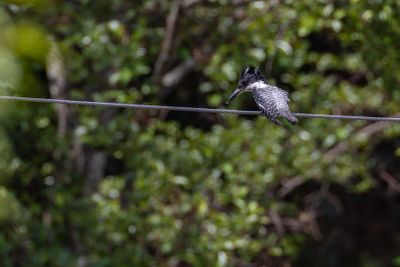
Crested Kingfisher (Megaceryle lugubris) |
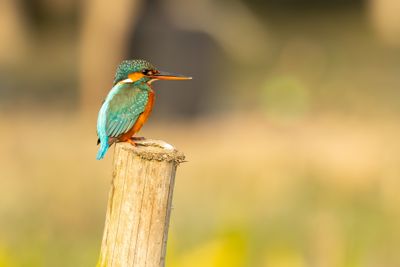
Common Kingfisher (Alcedo atthis) |
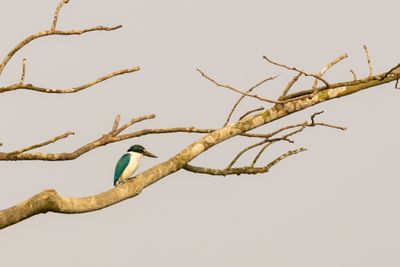
Collared Kingfisher (Todiramphus chloris) |

Ruddy Kingfisher (Halcyon coromanda) |
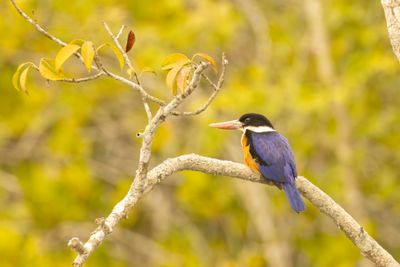
Black-capped Kingfisher (Halcyon pileata) |
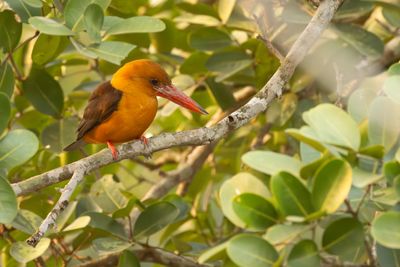
Brown-winged Kingfisher (Pelargopsis amauroptera) |
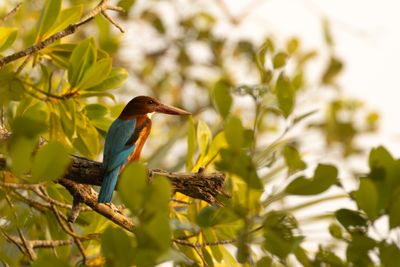
White-throated Kingfisher (Halcyon smyrnensis) |
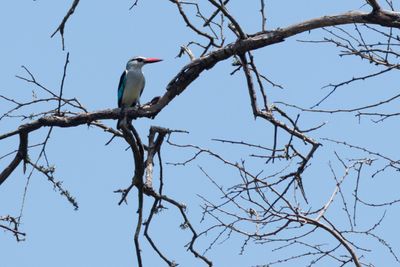
Woodland Kingfisher (Halcyon senegalensis) |
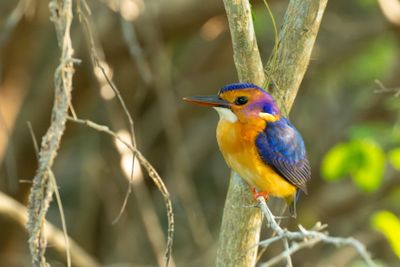
African Pygmy Kingfisher (Ispidina picta) |
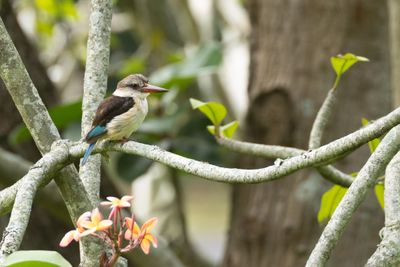
Brown-hooded Kingfisher (Halcyon albiventris) |

"Príncipe Malachite Kingfisher" (Corythornis cristatus nais) |

Blue-breasted Kingfisher (Halcyon malimbica dryas) |

Pied Kingfisher (Ceryle rudis rudis) |

Pied Kingfisher (Ceryle rudis rudis) |

Rufous-collared Kingfisher (Actenoides concretus) |
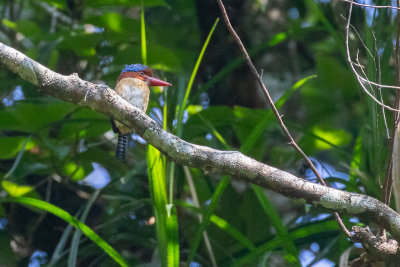
Banded Kingfisher (Lacedo pulchella) |
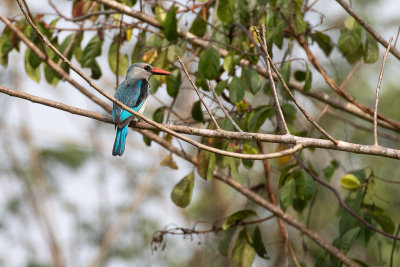
Woodland Kingfisher (Halcyon senegalensis) |

African Dwarf Kingfisher (Ispidina lecontei) |
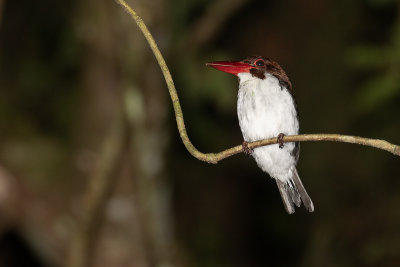
Chocolate-backed Kingfisher (Halcyon badia) |

Chocolate-backed Kingfisher (Halcyon badia) |

African Dwarf Kingfisher (Ispidina lecontei) |

Amazon Kingfisher (Chloroceryle amazona) |

Cinnamon-banded Kingfisher (Todiramphus australasia) |
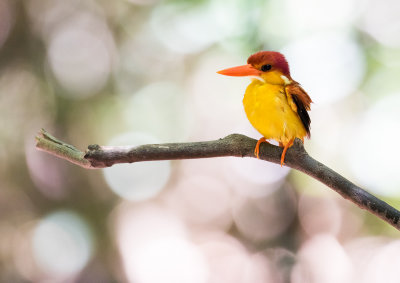
Rufous-backed Dwarf Kingfisher (Ceyx rufidorsa) |

Javan Kingfiser (Halcyon cyanoventris) |
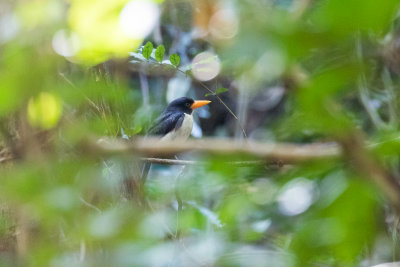
Glittering Kingfisher (Caridonax fulgidus) |
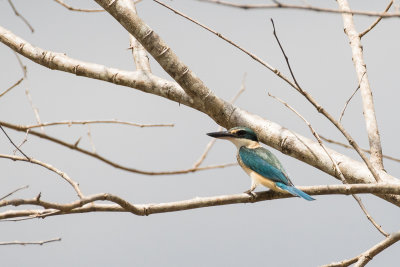
Collared Kingfisher (Todiramphus chloris) |
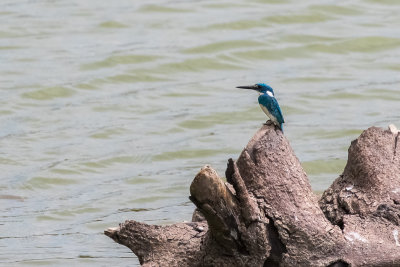
Cerulean Kingfisher (Alcedo coerulescens) |
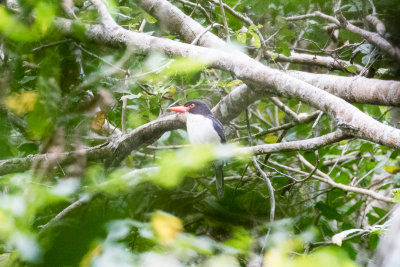
Glittering Kingfisher (Caridonax fulgidus) |
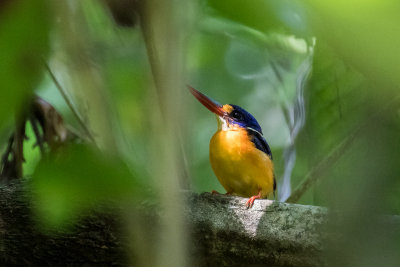
New Britain Dwarf Kingfisher (Ceyx sacerdotis) |

New Britain Dwarf Kingfisher (Ceyx sacerdotis) |

Common Kingfisher (Alcedo atthis ispida) |

North Solomons Dwarf Kingfisher (Ceyx meeki pallidus) |

Melanesian Kingfisher (Todiramphus tristrami alberti) |
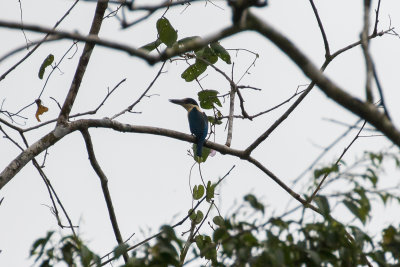
Melanesian Kingfisher (Todiramphus tristrami alberti) |

Sacred Kingfisher (Todiramphus sanctus) |
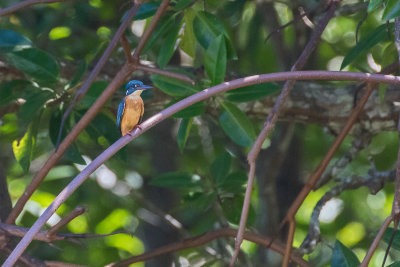
Common Kingfisher (Alcedo atthis hispidoides) |

Melanesian Kingfisher (Todiramphus tristrami nusae) |
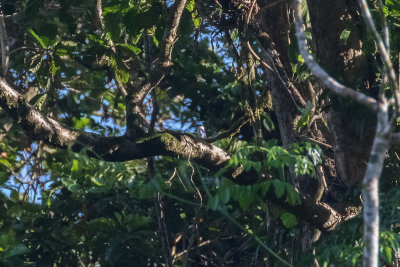
White-mantled Kingfisher (Todiramphus albonotatus) |
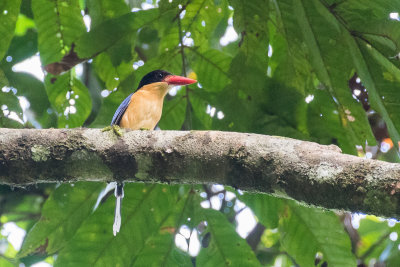
Black-capped Paradise Kingfisher (Tanysiptera nigriceps) |

Black-capped Paradise Kingfisher (Tanysiptera nigriceps) |
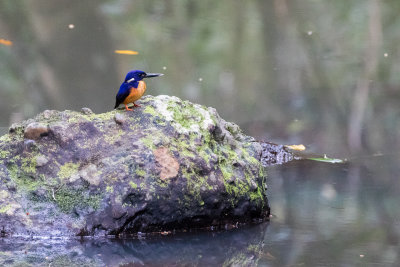
Azure Kingfisher (Ceyx azureus) |
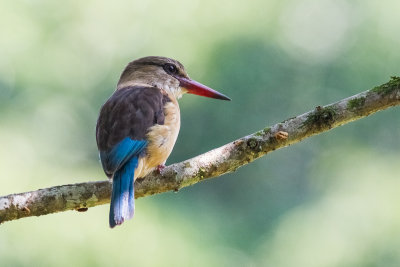
Brown-hooded Kingfisher (Halcyon albiventris) |
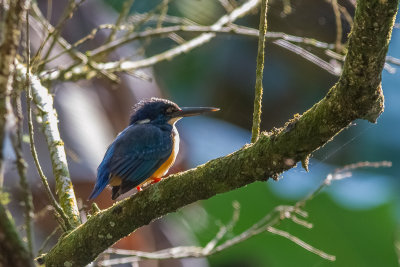
Half-collared Kingfisher (Alcedo semitorquata) |
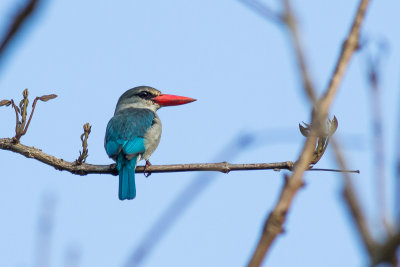
Mangrove Kingfisher (Halcyon senegaloides) |

Striped Kingfisher (Halcyon chelicuti) |

White-throated Kingfisher (Halcyon smyrnensis) |
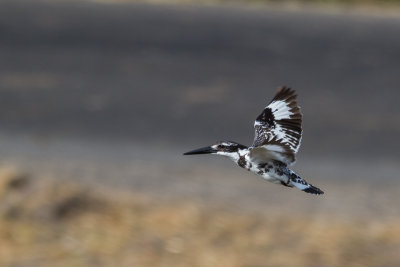
Pied Kingfisher (Ceryle rudis) |
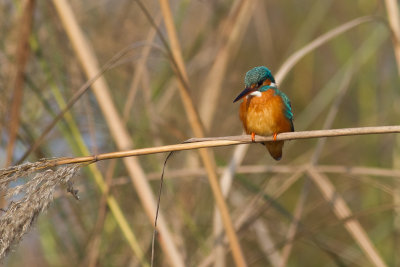
Common Kingfisher (Alcedo atthis) |

Laughing Kookaburra (Dacelo novaeguineae) |
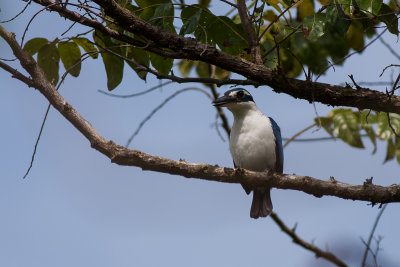
Pacific Kingfisher (Todiramphus sacer amoenus) |
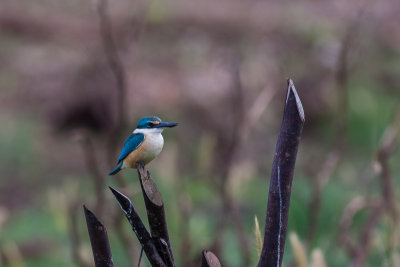
Sacred Kingfisher (Todiramphus sanctus) |

Melanesian Kingfisher (Todiramphus tristrami alberti) |
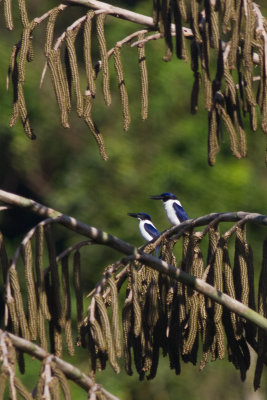
Ultramarine Kingfisher (Todiramphus leucopygius) |
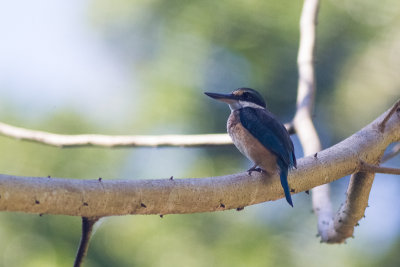
Melanesian Kingfisher (Todiramphus tristrami alberti) |

Blue-capped Wood Kingfisher (Actenoides hombroni) |
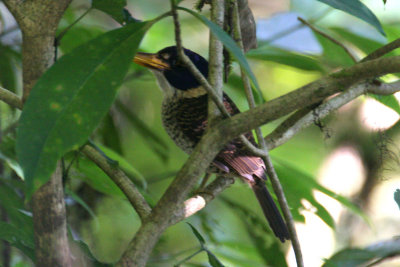
Scaly Kingfisher (Actenoides princeps) |
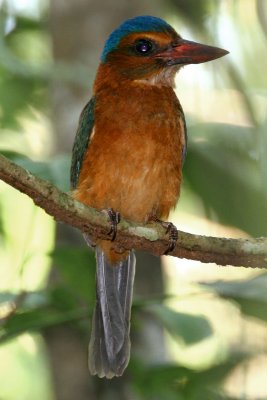
Green-backed Kingfisher (Actenoides monachus) |
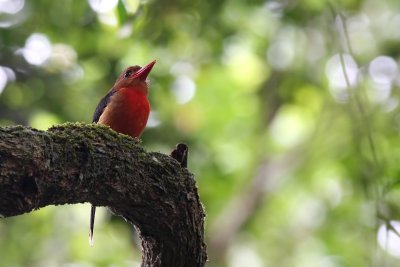
Brown-headed Paradise Kingfisher (Tanysiptera danae) |

Lilac Kingfisher (Cittura cyanotis) |
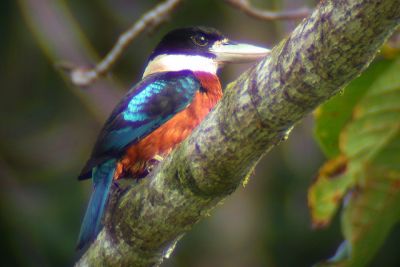
Rufous-bellied Kookaburra (Dacelo gaudichaud) |

Black-capped Kingfisher (Halcyon pileata) |
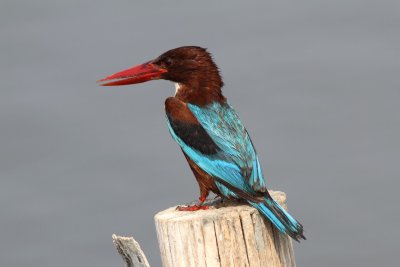
White-throated Kingfisher (Halcyon smyrnensis) |
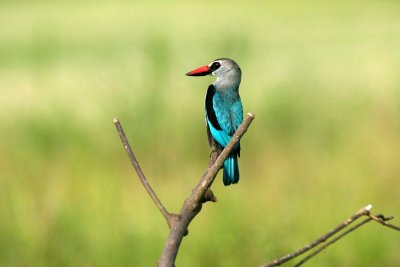
Woodland Kingfisher (Halcyon senegalensis) |
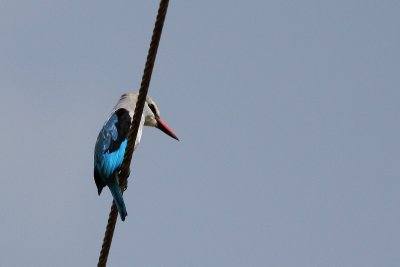
Woodland Kingfisher (Halcyon senegalensis) |

Blue-and-white Kingfisher (Todiramphus diops) |
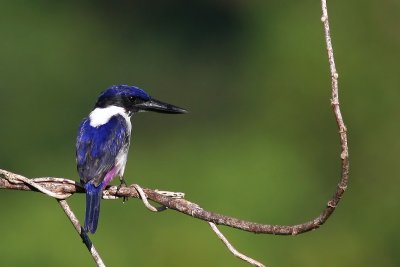
Ultramarine Kingfisher (Todiramphus leucopygius) |

Sacred Kingfisher (Todiramphus sanctus) |

Beach Kingfisher (Todiramphus saurophagus) |

Beach Kingfisher (Todiramphus saurophagus) |
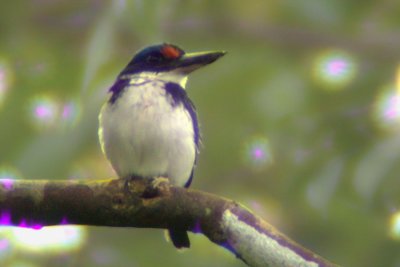
Rufous-lored Kingfisher (Todiramphus winchelli) |
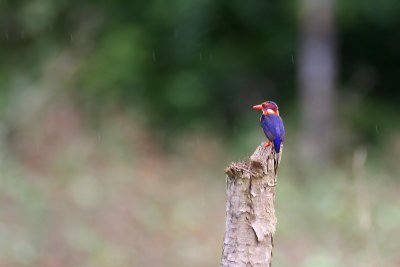
African Pygmy Kingfisher (Ispidina picta) |

Madagascar Pygmy Kingfisher (Corythornis m. madagascariensis) |
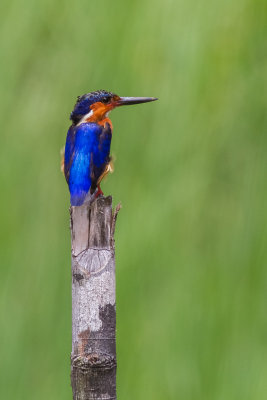
Malagasy Kingfisher (Corythornis v. vintsioides) |
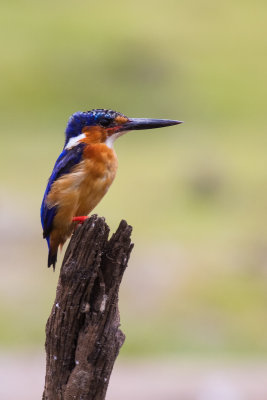
Malagasy Kingfisher (Corythornis v. vintsioides) |
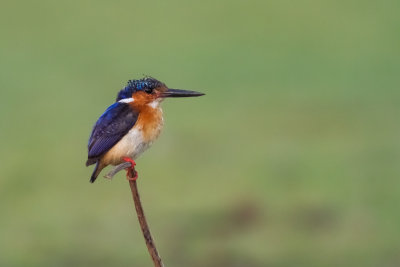
Malagasy Kingfisher (Corythornis vintsioides vintsioides) |
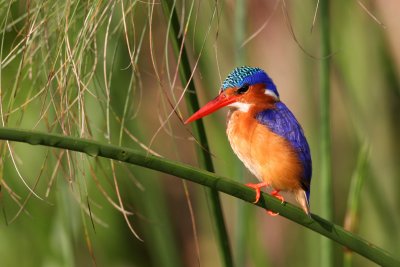
Malachite Kingfisher (Corythornis cristatus) |
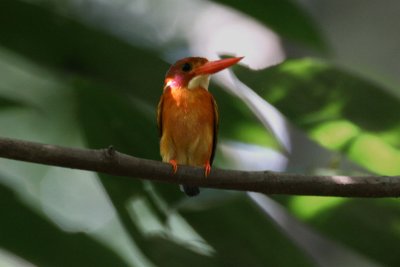
Sulawesi Kingsfisher (Ceyx fallax) |
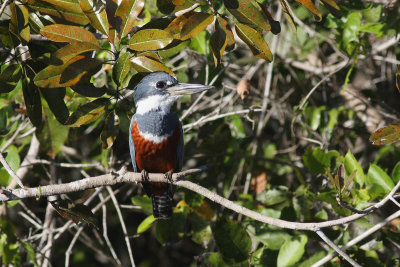
Ringed Kingfisher (Megaceryle torquata) |
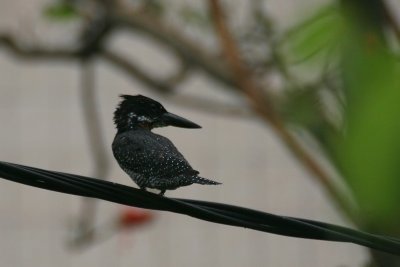
Giant Kingfisher (Megaceryle maxima) |
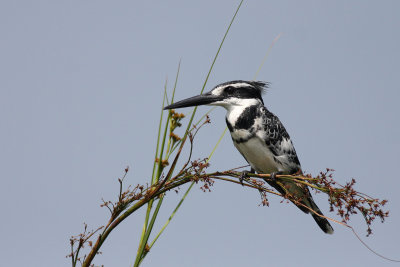
Pied Kingfisher (Ceryle rudis) |
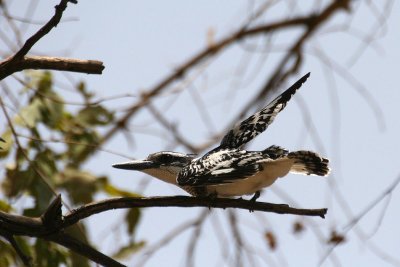
Pied Kingfisher (Ceryle rudis) |











